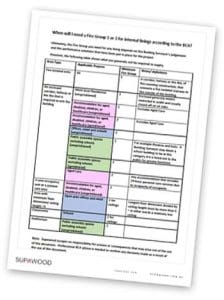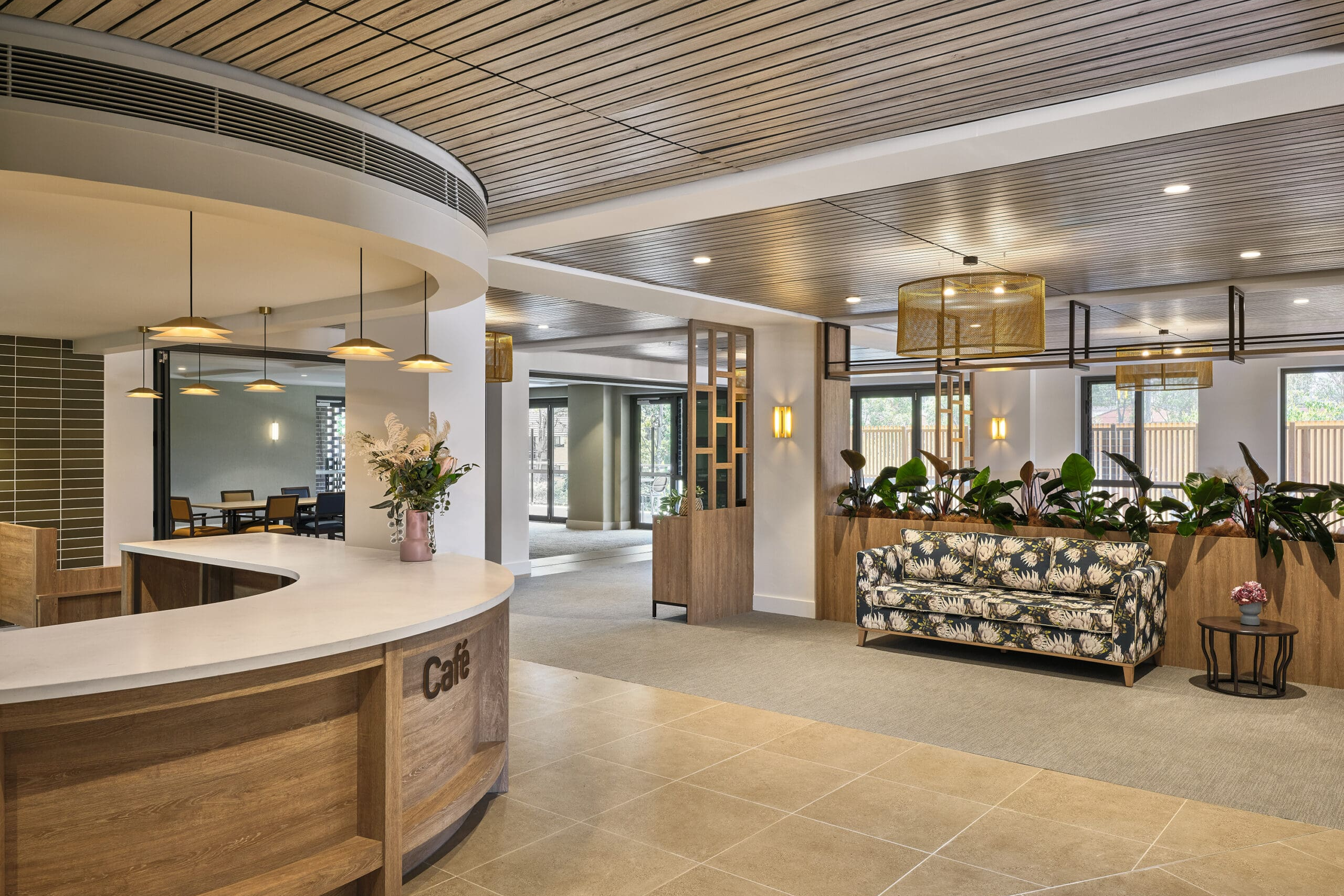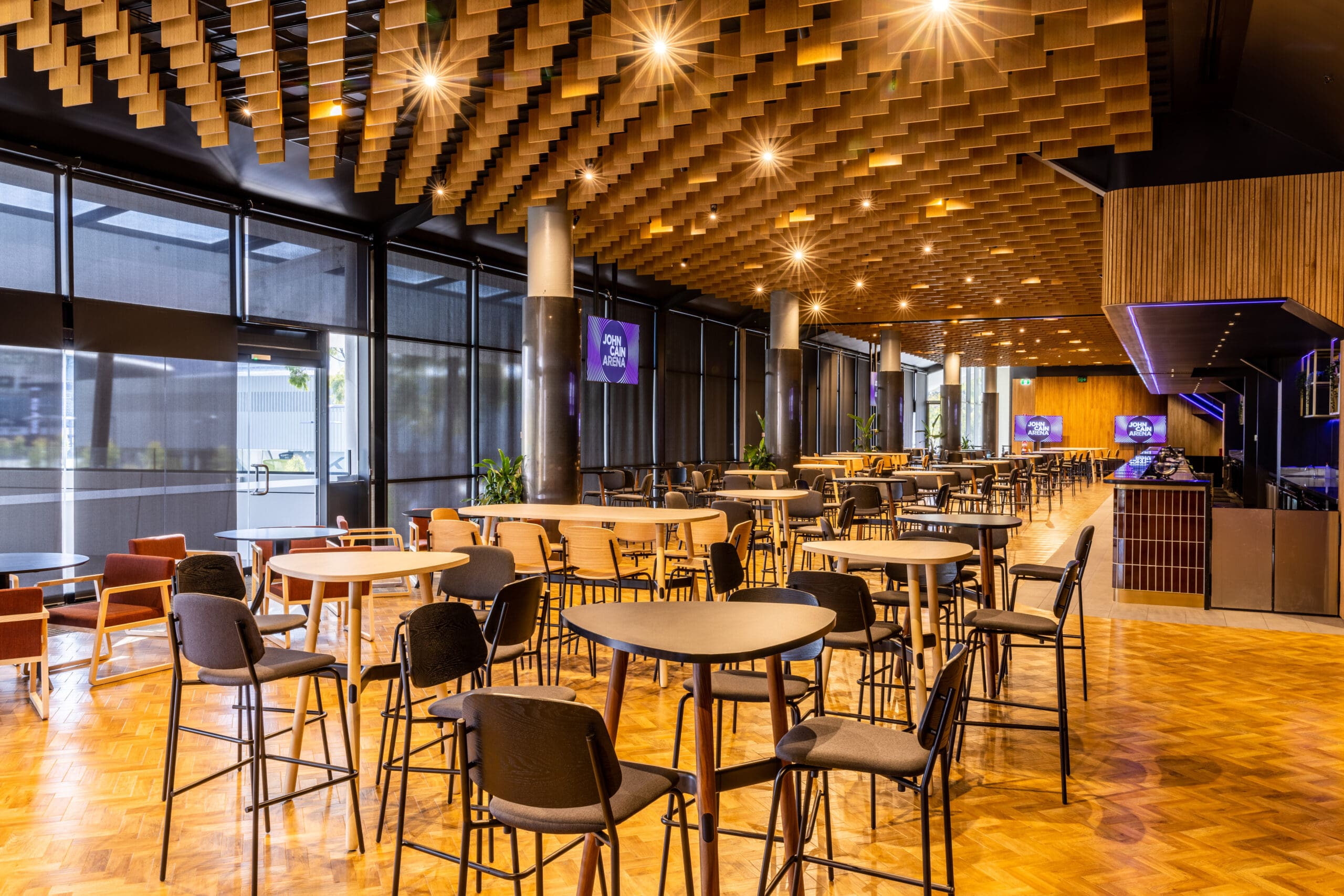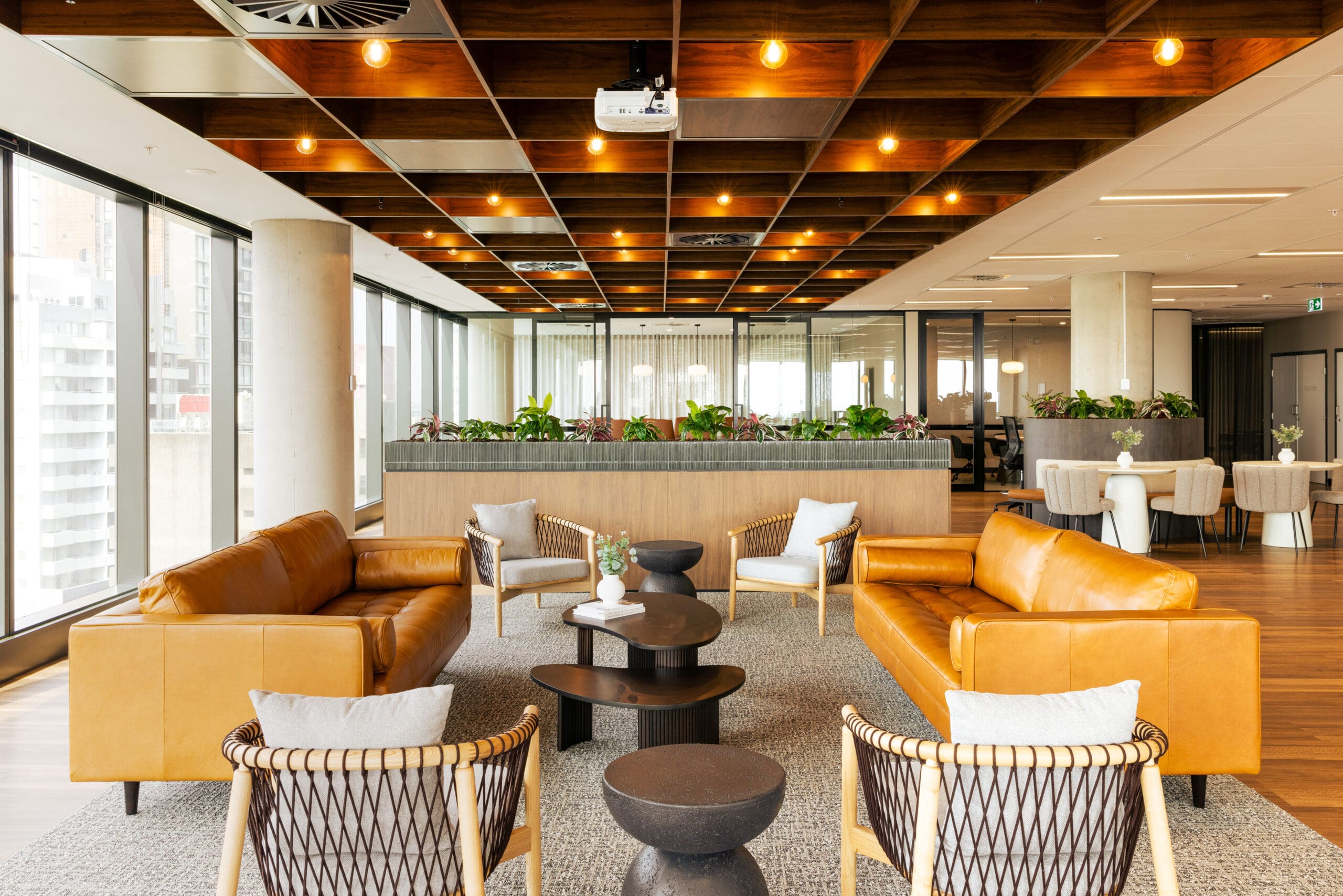NCC 2022 update
NCC 2022 was implemented on 1 May 2023, when it came into effect in all states and territories.
There are three changes that affect linings, which we will cover in more depth in a future blog. These changes are:
1. A new structure and clause referencing system has been implemented to make NCC 2022 more web accessible. Unfortunately this means all the clause numbers you might have memorised have now changed. Supawood will be publishing a cross reference guide to help you find the new Clause reference number from the old numbers.
2. Fire safety of external walls - Non-combustibility requirements for attachments and linings of external walls has been clarified, and now allows use of combustible products on the internal face of an external wall.
3. Weatherproofing - Volume One contains additional DTS Provisions, including reference to AS 1562.1 as an acceptable solution for weatherproofing of external metal wall sheeting.

Group numbers, also called Fire Group numbers or Material Group numbers, are a requirement of the BCA/ NCC 2022, for all internal linings of commercial buildings in Australia.
This requirement is listed in Part C1.10 and Specification C1.10 of the National Construction Code 2019, and references AS5637.1 as the Australian Standard that will determine the Fire Group number of any wall or ceiling lining or lining system.
(These groups are also referred to as BCA Group Ratings or Fire Rating Group numbers.)
This specification explains what parts of a building are required to be Group 1, 2 or 3 Fire Rating. A Group 4 Fire rating, which is another possible outcome of the testing systems, cannot be used in commercial buildings (Types 2 to 9 buildings).
Note that you can use a lower Group number than what is specified, for example, if Fire Group 3 is required, you can also use Fire Group 1 or Fire Group 2.
Here is a list of some typical materials with their Group numbers:
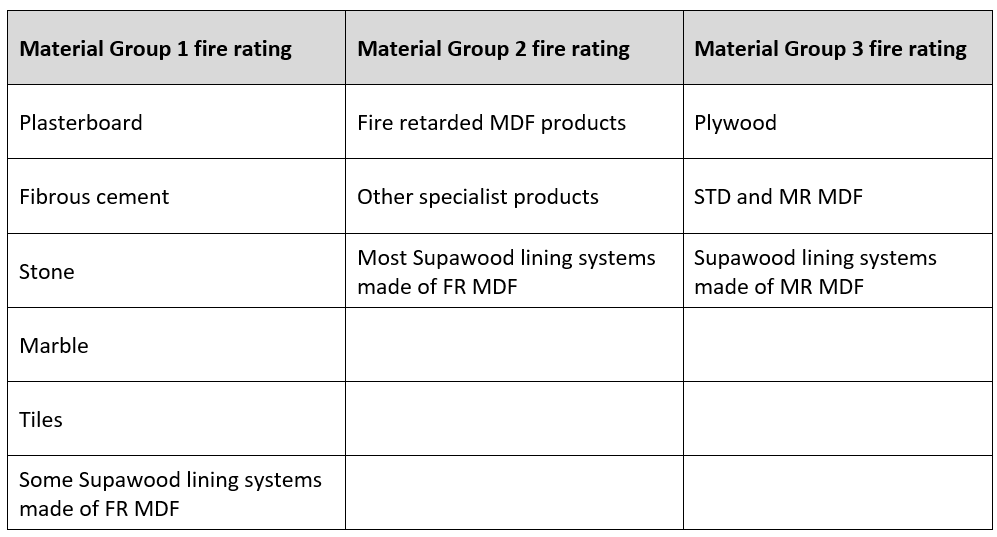
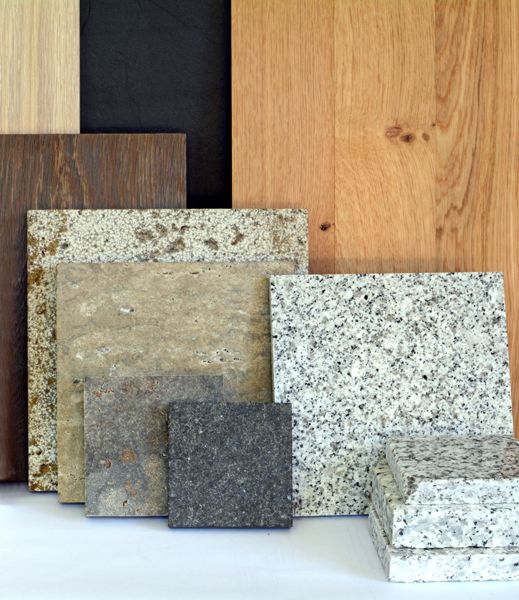
Two types of fire tests are allowed under AS5637.1, depending on the lining system being used. These two tests and the rules regarding them are basically as follows:
AS3837 – This test is a Cone Calorimeter test, which involves heating a 100x100mm sample for 20 minutes and measuring the heat and smoke given off in combustion. As it is a small scale test, linings that would react differently in a full room test situation are not allowed under this test. Most timber products are allowed under this test but not Fire Retarded MDF. Products with gaps, joints or openings are not allowed. Also not allowed are products that shrink and melt away from the flame and products made from different types of laminates joined together, like ACP.
(Note that New Zealand uses a similar test to AS3837 but it is run for 30 minutes and is called ISO5660).
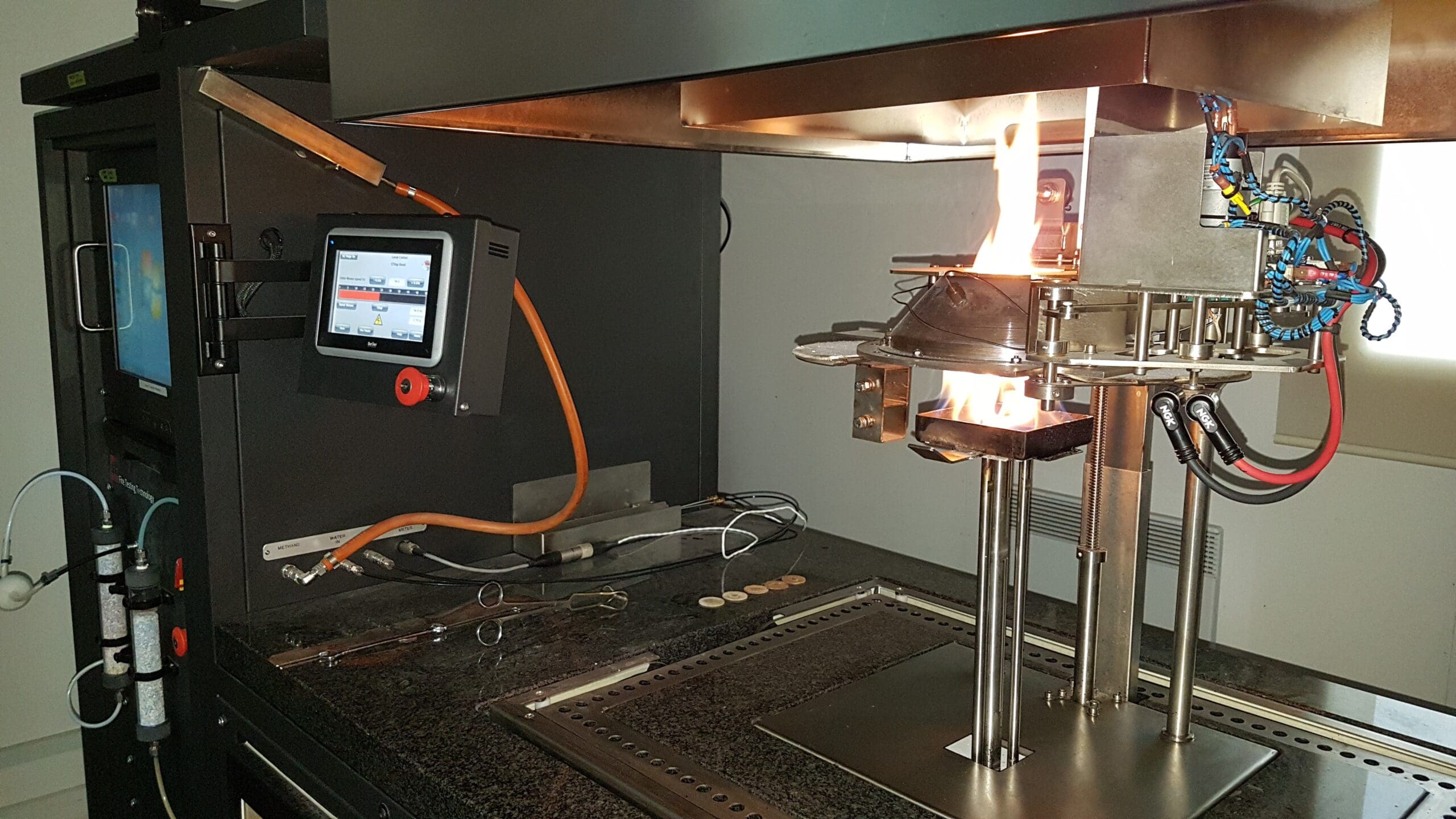
AS 3837 Cone calorimeter test. Photo: Branz
ISO9705 – this is a full room burn test, and involves lining three walls and the ceiling of the test room with the lining product. The framing and fixing system used in this test should replicate what is used in construction as far as possible, but this is not always done, thus affecting the result in the favour of the supplier. These test reports need to be checked carefully to ensure they match what is being supplied for the project. All Supawood fire testing has been done to match the likely fixing scenario you will have on site, regardless of how this may affect the outcome of the fire test.
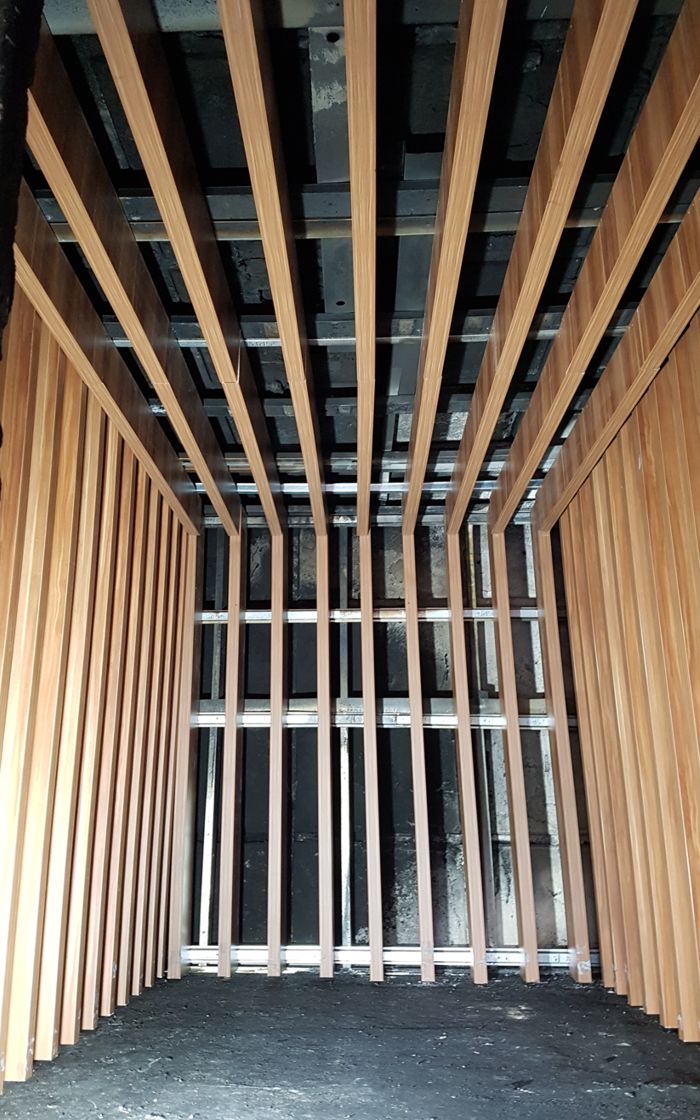
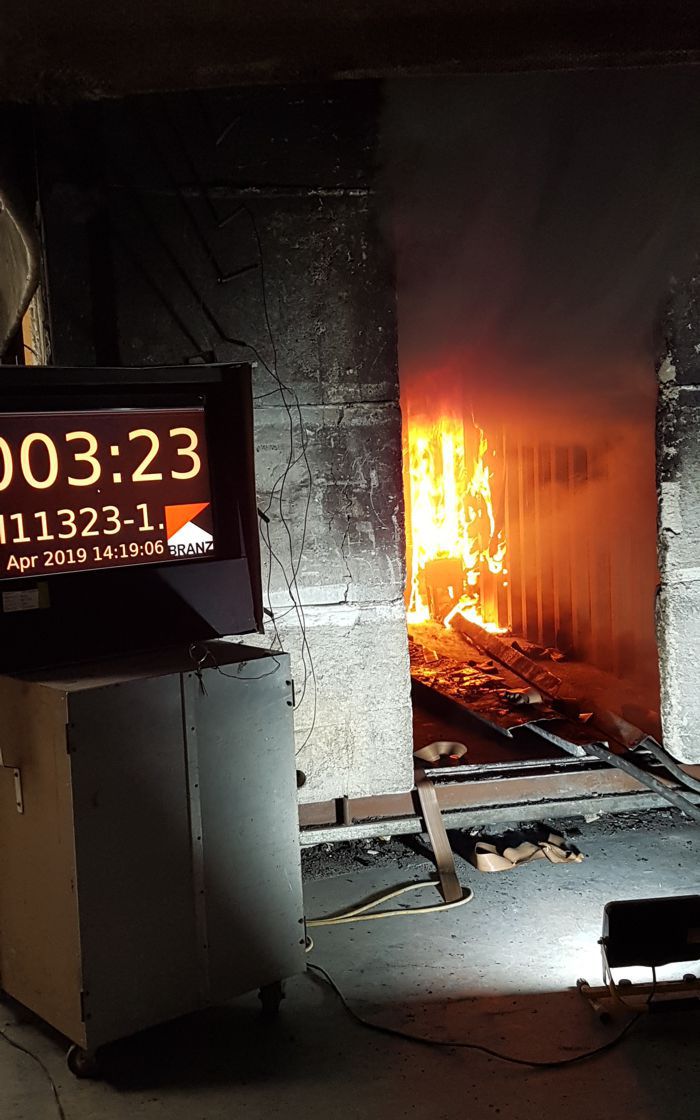
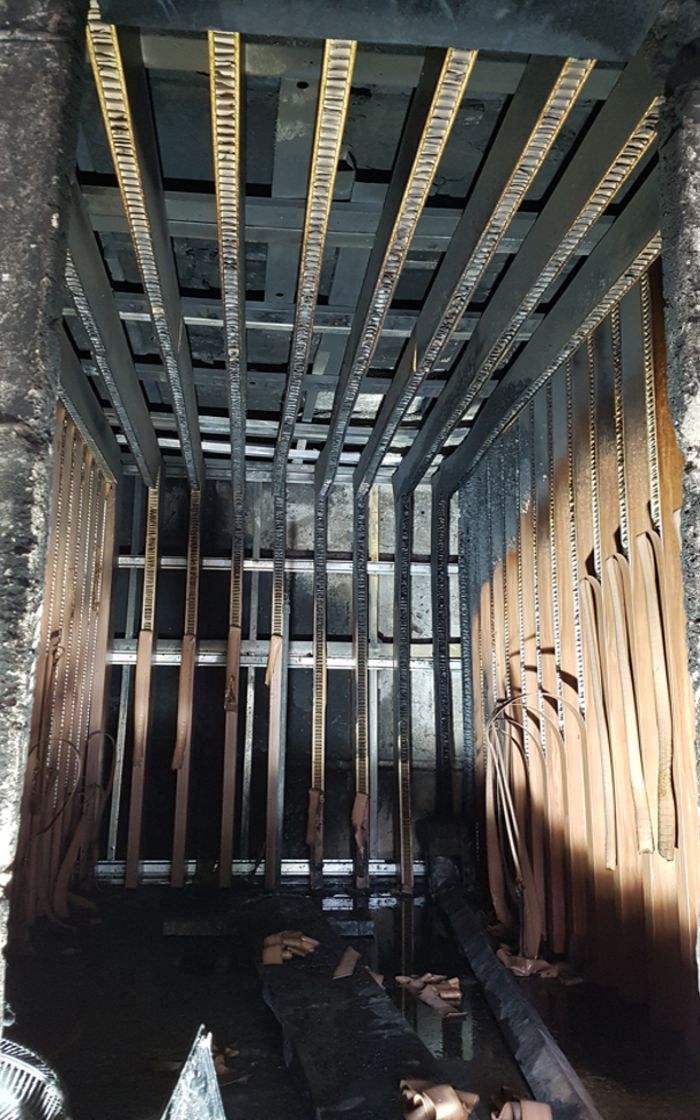
Based on the outcome of these tests, a material or lining system will be certified as Group 1, 2 or 3. Specification C1.10 then describes in detail what Material Group number is required in what area.
For example, enclosed fire escapes are required to be Material Group 1.
Generally Material Group 3 is acceptable in most areas.
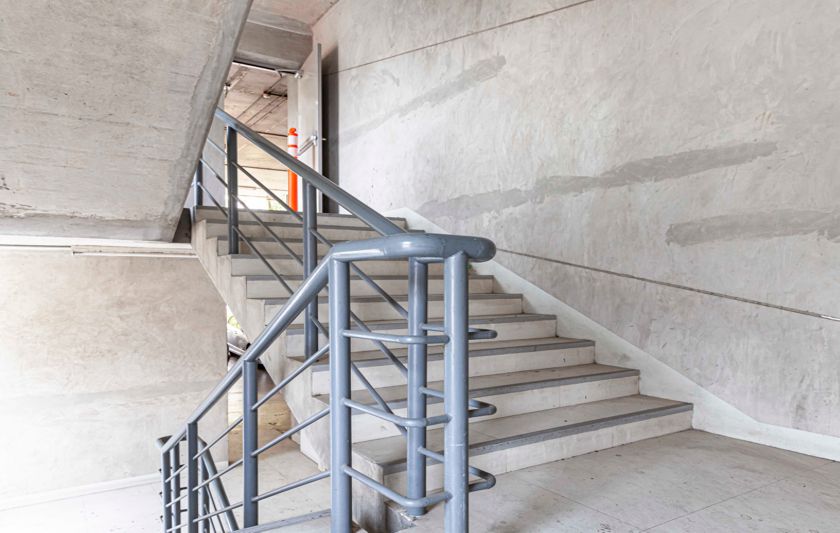
The rules listed to determine what Fire Group is acceptable in what area can be quite difficult and ambiguous to follow, so we have published a “cheat sheet” to make this easier for you.
The interpretation of the Building Surveyor on your project is the final authority, though, so you will need to have any interpretation confirmed by your Building Surveyor.
Finally, remember that SUPAWOOD is here to help you. If you are unsure about anything, feel free to contact us and we will be glad to clarify your situation for you.
Disclaimer: All the information on this website - www.supawood.com.au - is published in good faith and for general information purpose only. Supawood does not make any warranties about the completeness, reliability, and accuracy of this information. Any action you take upon the information you find on this website (Supawood), is strictly at your own risk. Supawood will not be liable for any losses and/or damages in connection with the use of our website.
From our website, you can visit other websites by following hyperlinks to such external sites. While we strive to provide only quality links to useful and ethical websites, we have no control over the content and nature of these sites. These links to other websites do not imply a recommendation for all the content found on these sites. Site owners and content may change without notice and may occur before we have the opportunity to remove a link that may have failed.
Consent: By using our website, you hereby consent to our disclaimer and agree to its terms.

